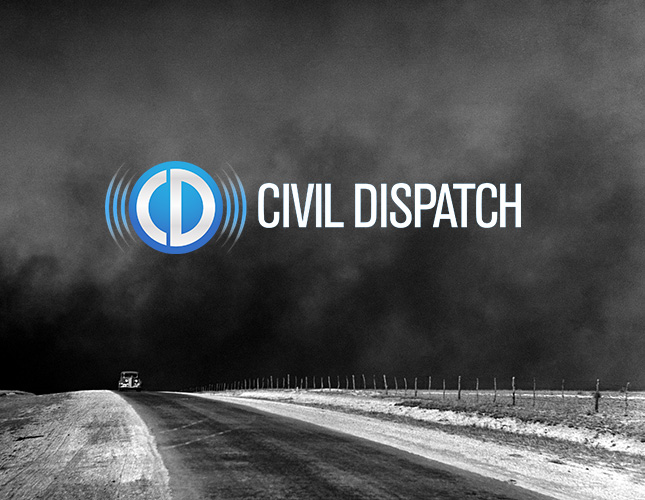
In the 1930s, the Great Depression was a time of starvation and survival for a large portion of America. Many survivors from those dreadful years hold on to a lot of the answers that they learned. In this day and age, most of us don’t live the tattered lifestyle that we have seen in photos from that period. If the depression were to hit again, would we be able to survive as well as our great-grandparents did?
Here is how those that were affected by the depression survived:
- Families traveled to wherever the work was. No man was left behind.
- A lot of families cashed in life insurance policies to try and survive in their “normal” lives.
- Homes were refinanced in an order to save the family home.
- Since clothing had to last as a long as possible, women became expert seamstresses.
- In areas that were affected by the Dust Bowl, cattle were fed tumbleweed and most had to find food wherever it was possible in order to survive.
- Stores allowed people to buy on credit and just kept track of what was owed. Sometimes the stores were repaid, and sometimes they weren’t.
- It wasn’t unusual for people to live in their cars and trucks.
- Families would use “fillers” such as oatmeal to bulk up their meat dishes and make them last a little longer. This also made the meals a little healthier.
- When a family didn’t have cash, payment was made through bartering with items such as eggs, fresh milk, or produce.
- Many men joined one of the government programs that were part of the New Deal, such as One Group and the Civil Conservation Corps.
- A “jack-of-all-trades” could often find work where others could not. It paid to know about things like plumbing, carpentry, painting, and home repairs.
Now that we know how survivors of the depression survived, we can take some of their wisdom and survival tactics and learn from them.
Here are some lessons we can learn from depression:
- Change your eating habits.
Even though the Great Depression caused an economic collapse, people didn’t starve. There were times when people went hungry, but it wasn’t because of a lack of food available. This is when families got creative with their food. Foods like stews, soups, and casseroles were eaten a lot because you could make an abundance of it and it would stretch the budget. Because of this, people changed their eating habits to fit in with what they were able to provide for their family. - Put away more food.
Even though food was ample, many people began stockpiling and conserving food and money for times of uncertainty. Preppers today have taken comfort in stockpiling food and learning from the past. The more food you put away, the less dependent you have to be during a financial crisis. - Make use of multi-purpose items.
During the depression, cornstarch was a multi-purpose product because it could thicken sauces, gravies, soups, pie fillings, and puddings. It was used to help recipes last longer. It was also used to soothe rashes, relieve sunburns, keep roaches away, prevent chafing, and stiffen clothes for ironing. - Learn to do with less.
Making due with less today means that you’d get rid of your LAN line, drop your memberships at clubs, repair your old card instead of getting a new one, or eat at home instead of going out.
You never know what might be around the corner, so it’s always your best bet to prepare while you can! Check out our Family Services page for more up-to-date information on keeping you and your family safe.